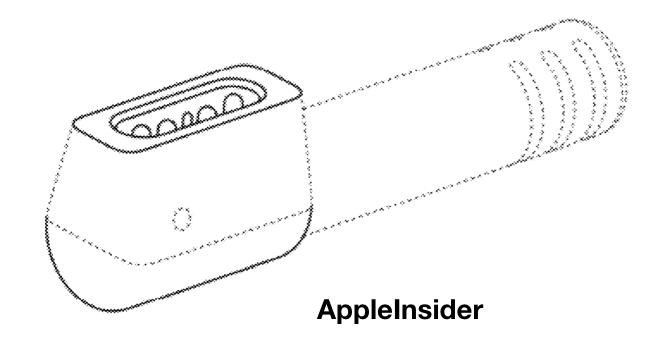

Looking across the range of products that Ive has designed one realises quite how varied they are Instead, his approach might be better described as strategic – always obsessed by materials and detailing but tailoring his design language to the circumstance and application.

This variety is why it makes no sense to call Ive a minimalist.

Product design improved since jony ive mac#
Looking across the range of products that Ive has designed one realises quite how varied they are: from the exuberant bright colours and curving forms of the iMac G3 to the pared-back asceticism of something like the Mac mini. Today's wireless Airpods mirror this approach and trajectory. Pilloried on their launch for their strange appearance, these little white sticks poking out of your ears have become a phenomenon. From something you hardly ever see, they quickly became the height of fashion, driving iPod sales, before becoming so ubiquitous that competitors were even making their own white headphones. I was an early adopter, buying a second generation iPod in 2002, and I always remember the first time I saw someone else with the same white Earpods. The white headphones differentiated the iPod and its users in a simple yet powerful way. Headphones up to that point had always been black. But the real masterstroke were the white Earpods. Its clickwheel was both functional and iconic. Launched in October 2001, the iPod was in many ways the apotheosis of this idea. So a designer has to balance the desire to get the device out of the way of the screen while creating a desirable object that will sell. Launched in October 2001, the iPod was in many ways the apotheosis of this ideaĪ computer – whether in the form of a desktop, laptop, phone, tablet, or even watch – is always a conduit to something else: what's displayed on the screen. More broadly, the idea that form should ultimately follow function becomes rather more complicated when that function takes place within the confines of a digital display. Most obviously, this can be seen through the realities of obsolescence, which contravene Rams' insistence that a product should be long-lasting, but is an inherent and vital part of the technology industry. But there are also some areas where they diverge considerably. From both an aesthetic and philosophical point of view, Rams' 10 principles of good design run through Ive's work. Related story Jony Ive's 10 most revolutionary designs for Appleĭieter Rams is often seen as a major influence on Ive's approach to design, one that Ive has himself acknowledged. Ive's truly iconic design symbolised Apple's rebirth and return to relevance This came in the colourful teardrop form of the iMac. But something wholly new was needed to get customers excited again. He cancelled a number of product lines he felt weren't up to it or were distractions, including the Newton, and reduced Apple's overly complex range of Macs to a 4x4 grid: desktop and portable, consumer and professional. Jobs' return brought discipline back to the company. But as Apple increasingly flailed around, these products never lived up to their striking designs. Ive was involved with the design of several innovative though ultimately ill-fated products of that era, notably the various iterations of the Newton MessagePad and the Twentieth Anniversary Mac. Apple was already sliding into the trouble it would find itself in during the mid-1990s, but didn't realise it yet. Moving from the UK, Ive joined Apple in 1992 – seven years after Steve Jobs departed the company he founded and five years before his return as CEO in 1997. Given how ubiquitous they have become it is quite staggering to think that the design of every single one of those devices was overseen by Jony Ive, Apple's chief designer, who has just announced he is leaving the company to set up his own firm. There's a good chance that you are reading this article on one of them. According to Apple there are currently something in the region of 1.4 billion active users of its devices.


 0 kommentar(er)
0 kommentar(er)
